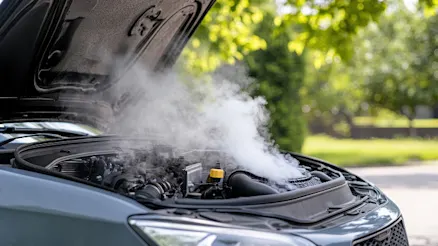
What to do when your car overheats
Car overheating? Learn why it happens, what to do (and avoid), and follow our step-by-step guide to stay safe and prevent engine damage.
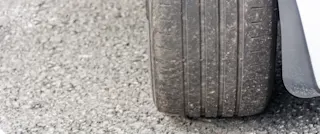
Every car naturally experiences wear and tear over time, but what does that actually mean? Whether you're returning a rental, trading in your car, or simply maintaining it for long-term use, understanding wear and tear can help you manage expectations and avoid unnecessary costs.
Wear and tear refers to the gradual deterioration of a car from regular use. Unlike damage caused by accidents or neglect, wear and tear happens even with proper maintenance. With daily driving, exposure to the elements and mechanical operation, you can expect some part of your car to age naturally.
Most rental companies, insurers, and dealerships distinguish between 'fair wear and tear' and 'excessive wear and tear'. Fair wear and tear includes normal ageing, while excessive wear and tear refers to damage beyond reasonable use, which often leads to additional repair costs.
Over time, tyres wear down due to contact with the road surface. This is a natural process as the rubber tread gradually erodes with use. As long as the tyres maintain adequate tread depth and show no significant damage such as cuts or bulges, this is considered normal wear and tear. Regular tyre rotations and pro per inflation can help slow down wear, but no tyre lasts forever, which is why checking your tyres for wear is so important.
Brakes are essential safety components that can naturally degrade over time. Every time you hit the brakes, the pads and discs experience friction, gradually reducing their thickness. This can cause some minor squeaking or slightly reduce your car’s braking efficiency. Routine inspections like during a service can ensure your brakes remain within safe operating limits, and replacing them as recommended by the manufacturer should be part of your regular maintenance.
Your car is exposed to the elements as you’re out and about, and if you park outdoors as well. Its exterior paintwork is exposed to sunlight, rain, dust, and other environmental factors that can cause slight fading over time. While a well-maintained car with regular waxing and polishing may slow this process, some degree of paint dulling is inevitable, especially with older cars. Minor surface imperfections, such as small swirl marks or slight loss of gloss, fall within normal wear and tear expectations.
When driving on highways or gravel roads, tiny stones can get kicked up and impact the car’s bodywork, particularly the front bumper and bonnet. These small chips in the paint are unavoidable and a common sign of regular use.
Just because the inside of your car isn’t exposed to the elements as much as the outside, doesn’t mean it can’t get damaged. With daily use, your car’s cabin can get minor scuffs on door panels, dashboard plastics, and even seats. Shoes rubbing against the lower door trim, seatbelt buckles making contact with interior panels, and passengers stepping in and out all contribute to light scratches and marks. As long as these scuffs are superficial and don’t compromise the integrity of the interior materials, they are considered fair wear and tear.
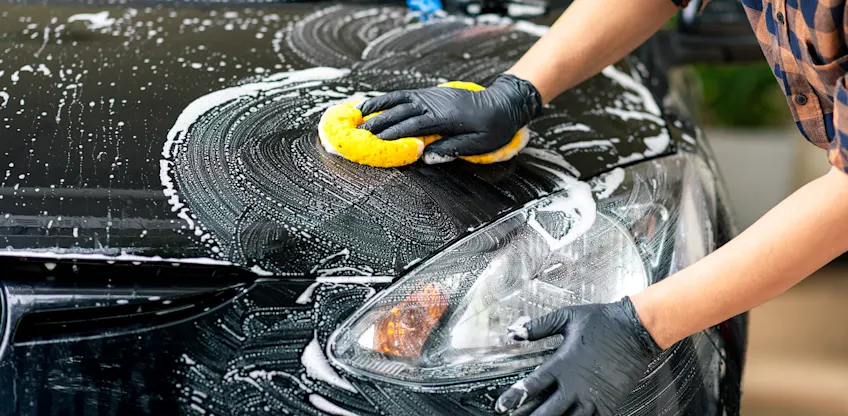
Regular maintenance and responsible driving can help keep wear and tear at an acceptable level. Keeping up with routine maintenance also ensures a smoother, more dependable drive and helps maintain your car’s resale value (bonus!).
One of the best ways to reduce wear and tear is by following a regular maintenance schedule. Oil changes, fluid top-ups, and timely replacements of filters Utes and belts can ensure that your car runs efficiently. Keeping an eye on tyre pressure and alignment also prevents uneven wear, extending the lifespan of your tyres and improving fuel efficiency.
How you drive plays a significant role in minimising wear and tear. Aggressive acceleration and sudden braking can put extra strain on the engine, brakes, and suspension components. By driving smoothly, maintaining steady speeds, and avoiding unnecessary hard braking, you can actually prolong the life of essential parts.
Protecting the interior of your car is just as important as maintaining its mechanical components. Using floor mats, seat covers, and sunshades can help prevent excessive wear on upholstery and dashboard materials. Regularly vacuuming and cleaning the interior also prevents dirt buildup that can lead to premature ageing of surfaces.
For exterior care, washing your car frequently and applying a quality wax coating can help protect the paint from fading and environmental damage. Parking in a garage or shaded area reduces exposure to harsh sunlight, which can deteriorate both the paintwork and interior materials over time. If covered parking is not an option for you, using a car cover can provide an extra layer of protection.
Understanding wear and tear helps you avoid surprises when returning a rental, selling your car, or simply keeping it in good shape for years to come. With proper care and attention, you can extend your car’s lifespan and reduce surprise expenses while maintaining its value and reliability.

Car overheating? Learn why it happens, what to do (and avoid), and follow our step-by-step guide to stay safe and prevent engine damage.
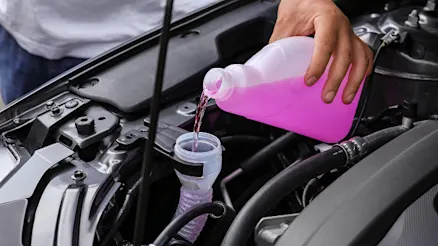
Stay safe on the road with these essential monthly car maintenance checks. From engine oil to tyre pressure, learn how to keep your car running smoothly and avoid costly repairs.
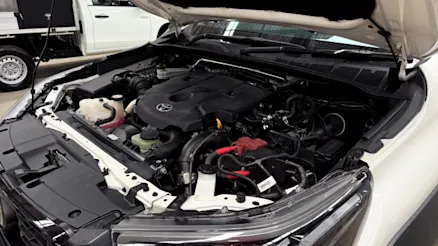
Learn how to check and maintain your car's essential fluids, including engine oil, coolant, transmission fluid, brake fluid, power steering fluid, and wiper fluid. Keep your vehicle running smoothly and safely with these easy maintenance tips.